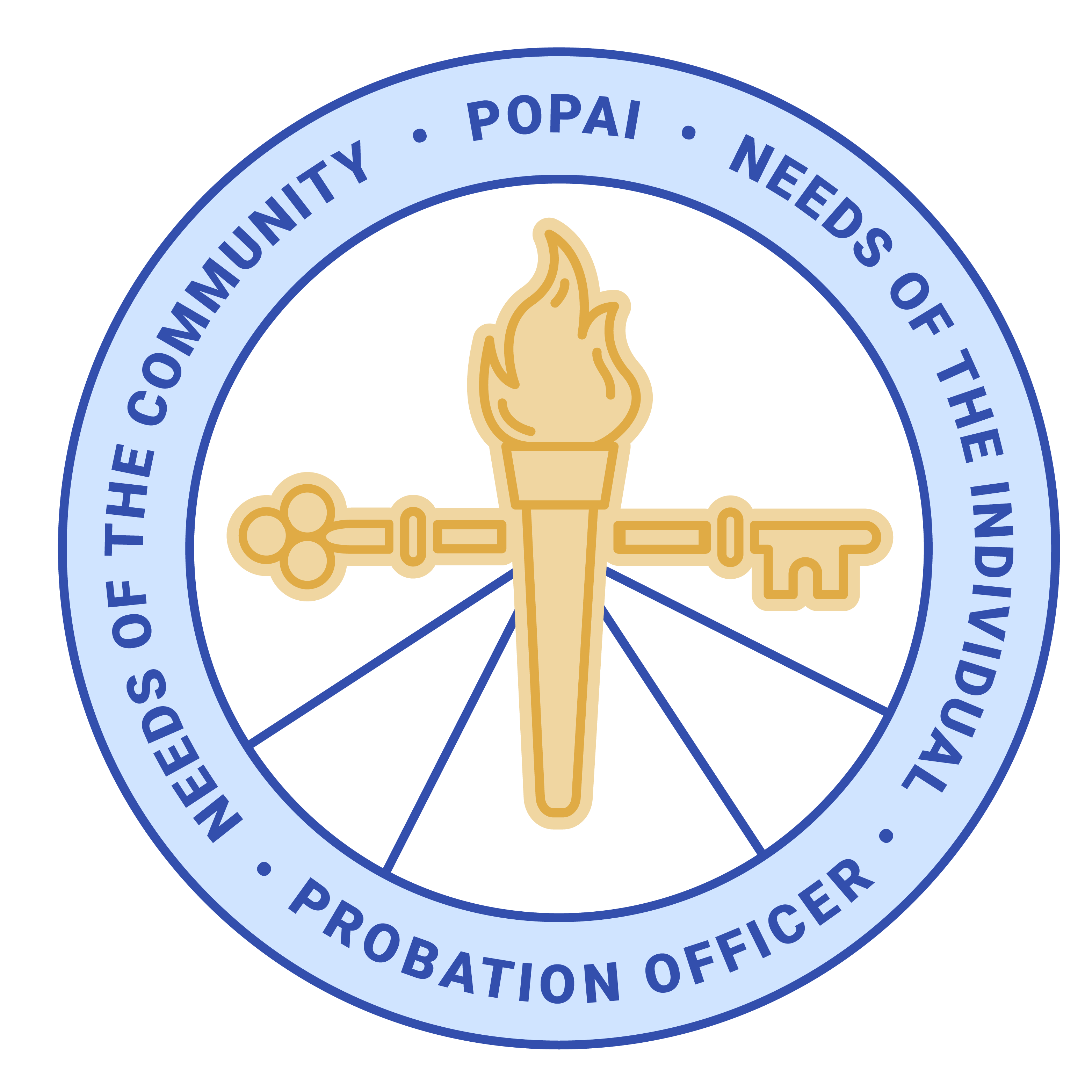Championing Indiana Probation
as a vital part of the criminal justice system

POPAI News
POPAI Gear PreOrder Website is OPEN
We’re delighted to once again offer a gear preorder option for attendees (and friends of...
POPAI Conference and Recruitment Coordinator Job
The POPAI Board is seeking letters of intent and resumes from qualified individuals for...
POPAI July Board Meeting Minutes
Have you wondered what the Board covers in their meetings? We post the minutes every...
Why Would a POPAI Member Nominate Someone for the Founder’s Award?
One of the favorite events of POPAI's Annual Fall Conference is the presentation of...
Corporate Sponsor Tables in the Fall Conference Exhibit Hall: Links to Purchase and Reserve
After two weeks of setting up our current Corporate Sponsors in the Exhibit Hall we now...
Annual Awards: Founder’s, Rookie of the Year, Line Probation Officer of the Year
POPAI presents three coveted awards at the Annual Meeting Lunch every year. POPAI...
POPAI Fall Conference: Sept 4 - 6, 2024
Early Bird Pricing Ends Aug 2

Articles
Board Members find articles we think might interest you. We welcome submissions from POPAI members especially if they feature your county, just send them to ContactUsatPOPAI@gmail.com
Local PO Elected to APPA Board of Directors
Indiana Probation Officer Hannah Cochran (Dossett), a dedicated local resident of...
Celebrate National Pretrial Probation and Parole Supervision Week- July 21-27, 2024
Our friends at APPA have resources to make your PPPS Week more fun:...
Johnson County Council OK’s $28.4M bond for court services building
A new Johnson County Court Services building is a little closer to reality following a...
The Gate Money Program Bill Can Build a Safer New York and Save Money
The program would reduce recidivism, enhance public safety, and save New York money....
Gender Justice Pretrial Toolkit from CEPP
The pretrial process rarely provides anyone—especially Black and Brown women and...
National Standards for Community Supervision Document Introduced at APPA 49th Annual Training Institute in Indianapolis, IN
APPA released a comprehensive document last week at the conference. "National Standards...
INSession: Inside the Allen County Courts
Everywhere you look, participants and observers alike want to know more about the...
Swift, Certain and Fair (SCF) Microgrants: Improving Responses to the Needs and Behaviors of People on Community Supervision
The Swift Certain Fair Resource Center is offering an opportunity for SCF microgrants....
What’s New in Federal Sentencing? Commission Submits Amendments to Congress
On April 30, 2024, the Commission delivered guideline amendments to Congress for its...
We’ve been publishing articles for a long time. To see older articles visit our article archive.
Corporate Sponsors
We’re grateful to our Corporate Sponsors who offer valuable services to our members.
Organizations interested in joining POPAI and meeting our members at conferences can learn more here
